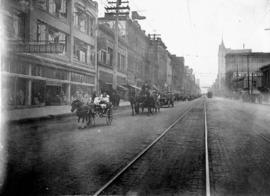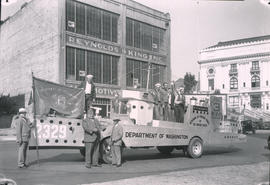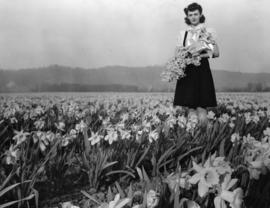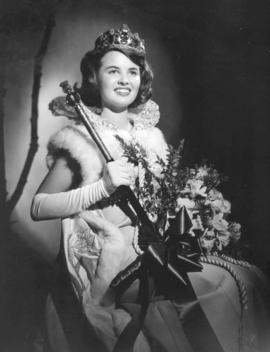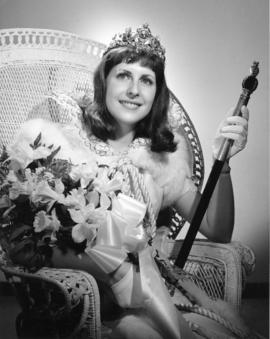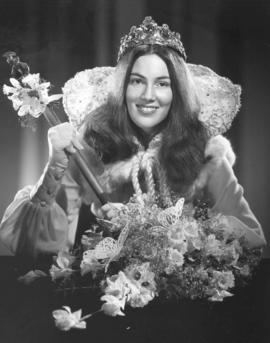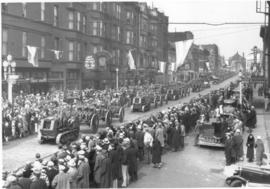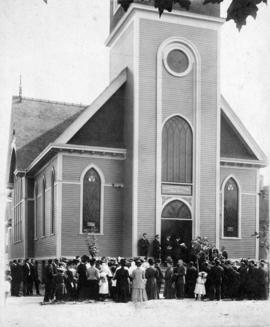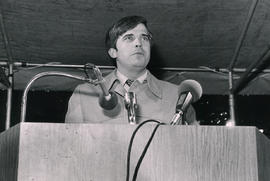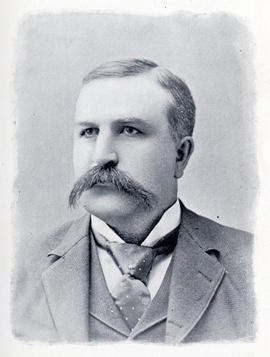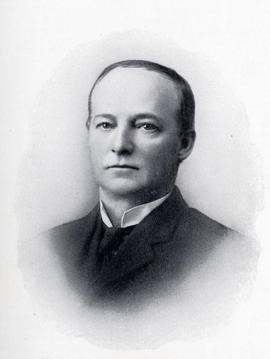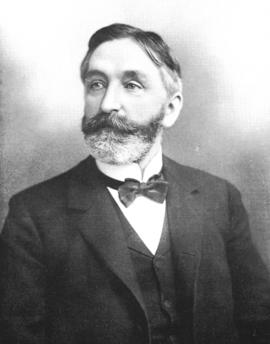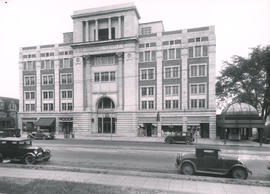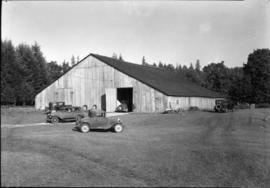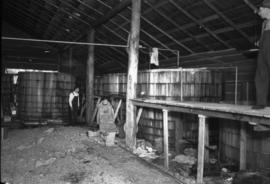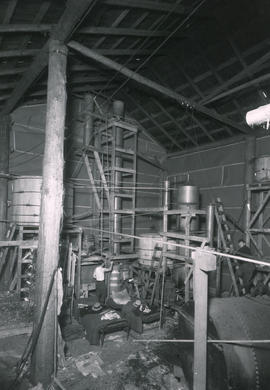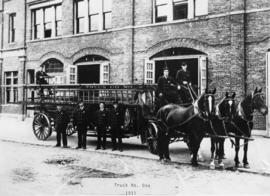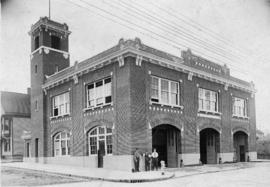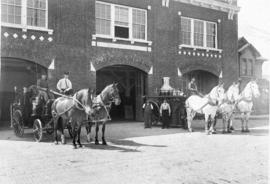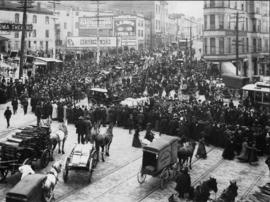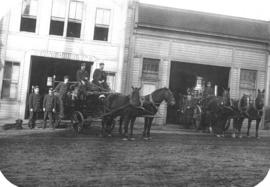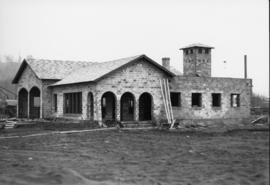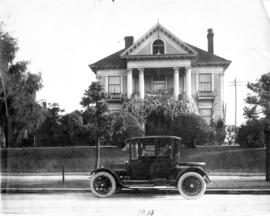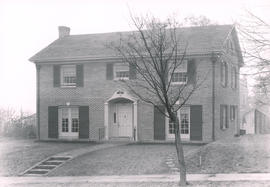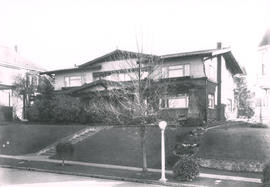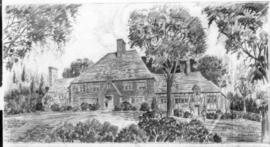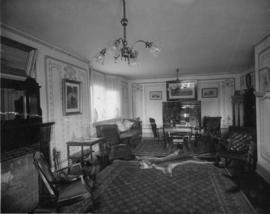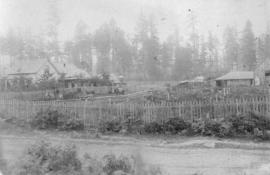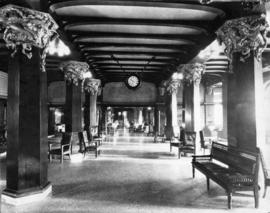- Item
- 1912-05-19
Part of General Photograph Collection
Pacific Avenue appears rather empty on the morning of May 19, 1912, except for the parishioners of St. Joseph's Slovak Catholic Church who were celebrating the dedication of their new church with a parade in downtown Tacoma. Two small girls are pictured in the foreground in a small buggy pulled by one horse as they pass the McCormack Bros. store. The new church, the first Slovak Catholic church built in the Northwest, was located at South 34th and Tacoma Avenue South. It was dedicated at 10 o'clock a.m. with Bishop Edward J. O'Dea conducting the service. Church members provided the labor necessary to build the 92 x 46-feet brick veneer building. The church and building site was paid for entirely by Slavonians, the congregation and/or other Slavonians in the community. (TDL 5-19-12, p. 33-article)
Parades & processions--Tacoma--1910-1920; Commercial streets--Tacoma--1910-1920; St. Joseph's Slovak Catholic Church (Tacoma); Church dedications--Tacoma;
